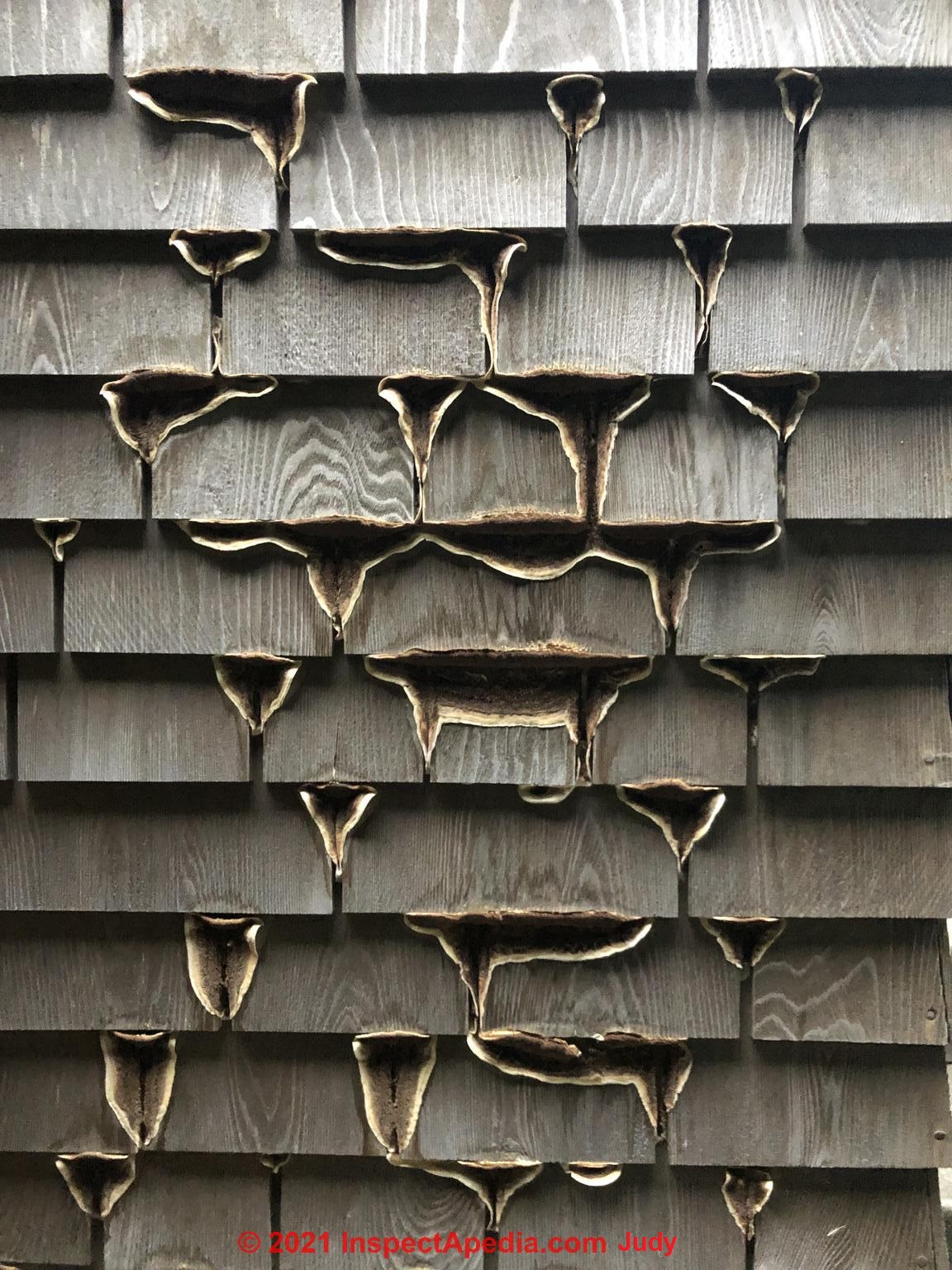Fungal growth on wood is not merely an aesthetic concern; it poses significant risks to structural integrity and may engender adverse health consequences. Addressing this issue requires a multifaceted approach centered around prevention, maintenance, and education. The complexity of this subject necessitates a detailed examination, exploring effective methodologies for mitigating fungal growth, the biological factors influencing it, and the psychological benefits associated with well-maintained wood properties.
Understanding Wood Susceptibility to Fungi
Wood, as a natural material, is inherently susceptible to various fungi species. The basic biological requirement for fungal proliferation involves moisture, nutrients, and suitable temperatures. Wood possesses organic compounds, notably cellulose and hemicellulose, which serve as food sources for many fungi. The presence of adequate moisture is the most critical determinant in fostering fungal growth, especially in conditions where humidity levels exceed 20%. Different wood types exhibit varying degrees of resistance to fungal invasion. For instance, hardwoods like oak and teak often exhibit higher natural resistance compared to softwoods such as pine. This is attributable to the density and chemical composition of the wood.
Environmental Factors In Brewing Fungal Growth
Microclimates play an essential role in the prevalence of fungal spores. Areas that are poorly ventilated, shaded, or continuously damp provide a veritable breeding ground for fungal growth. Consequently, individuals should be vigilant in assessing their surroundings and identifying risk-prone areas. Furthermore, seasonal variations contribute significantly to moisture retention within wooden structures. For instance, autumn and winter months may culminate in prolonged exposure to precipitation and cold temperatures, thereby exacerbating the conditions conducive to fungal growth.
Strategies for Preventative Measures
Embracing a proactive stance toward the maintenance of wooden structures is paramount in preventing fungal infestations. Routine inspections are essential. Awareness of potential environmental risks enables homeowners, builders, and other stakeholders to implement timely interventions.
Effective Ventilation: Creating a Breathable Environment
Ensuring continuous airflow is one of the simplest yet most effective measures. Proper ventilation dissipates moisture, thereby rendering surfaces less hospitable to fungal spores. In attics, basements, or any enclosure housing wooden fixtures, the installation of vents can facilitate better air circulation. Moreover, ceiling fans or exhaust fans installed in kitchens and bathrooms promote air movement, minimizing humidity and keeping wooden components dry.
Moisture Control: Shielding Wood from Humidity
Employing moisture barriers is vitally important when constructing or renovating wooden structures. These barriers, often made from polyethylene sheets, can be installed beneath wooden flooring or in crawl spaces to mitigate moisture ingress. Similarly, applying sealants and water-resistant finishes can create an additional protective layer on surfaces exposed to the elements. Regular inspections and maintenance should be scheduled for areas where sealants may degrade over time, particularly in high-moisture environments.
Natural Fungicides: Harnessing the Power of Nature
Many natural substances exhibit antifungal properties and can be employed as protective measures. Oil of clove, for instance, shows remarkable efficacy against a variety of fungi, making it an appealing alternative to synthetic fungicides. Applying such substances can help maintain an equilibrium between ecological sensitivity and effective fungicide use.
Education and Awareness: Empowering Stakeholders
Comprehensive education around fungal growth is vital for creating a culture of prevention. Homeowners, contractors, and maintenance personnel must understand the dynamics of fungal biology and the environmental factors that contribute to growth. Workshops, informational pamphlets, and community outreach can promote awareness and provide practical guidance on maintaining wood properties. By fostering a community well-versed in these subjects, we contribute to a collective resilience against fungal invasions.
Restoration Strategies when Infestation Occurs
Despite proactive measures, fungal growth may still manifest. Early detection and prompt action are essential in minimizing the extent of damage. Signs such as discoloration, softening wood, or musty odors warrant immediate investigation.
Identifying and Isolating the Problem
Upon visual or olfactory indicators of fungal presence, it is imperative to identify the extent of the infestation. Isolating affected areas can prevent further spread, especially in large structures. For minor infestations, a mixture of water and vinegar may effectively kill surface fungi without compromising wood integrity. However, severe infestations necessitate professional treatment to ensure safe removal and remediation.
Implementing Safe Removal Techniques
Physical removal of infested wood can prove essential in cases of extensive damage. When replacing affected boards, utilizing treated wood can offer enhanced longevity and resistance against future infestations. Furthermore, employing protective gear during removal is crucial for safeguarding health, as inhaling fungal spores can lead to respiratory complications.
Benefits of Fungal Prevention Beyond the Obvious
Beyond the immediate functional benefits of preventing fungal growth, there exists a subtler, psychological dimension to maintaining wooden structures. A well-cared-for environment can foster a sense of well-being and contentment among occupants. The aesthetic appeal of clean, unblemished wood contributes to a positive ambiance that can enhance mood and productivity. In essence, fostering a visually pleasing, healthy habitat reverberates through emotional well-being.
Nurturing Spaces: The Impact of Well-Maintained Wood on Mental Health
Cognitive research suggests that the quality of one’s physical environment significantly affects psychological states. Natural materials, like wood, boast intrinsic attributes that instill tranquility and comfort. The sight of well-preserved wood elicits feelings of warmth and connection to nature. Preventive actions, therefore, transcend mere structural integrity; they cultivate spaces that engender positivity and enhance lifestyle quality.
In conclusion, preventing fungal growth on wood necessitates a comprehensive and multilayered approach. Understanding the biological factors contributing to fungal proliferation, taking proactive measures, promoting education, and recognizing the psychological benefits are all integral components. The pursuit of a well-maintained wood environment encapsulates not only the preservation of property but also the enhancement of quality of life, rendering it a worthy endeavor for any homeowner or stakeholder.
